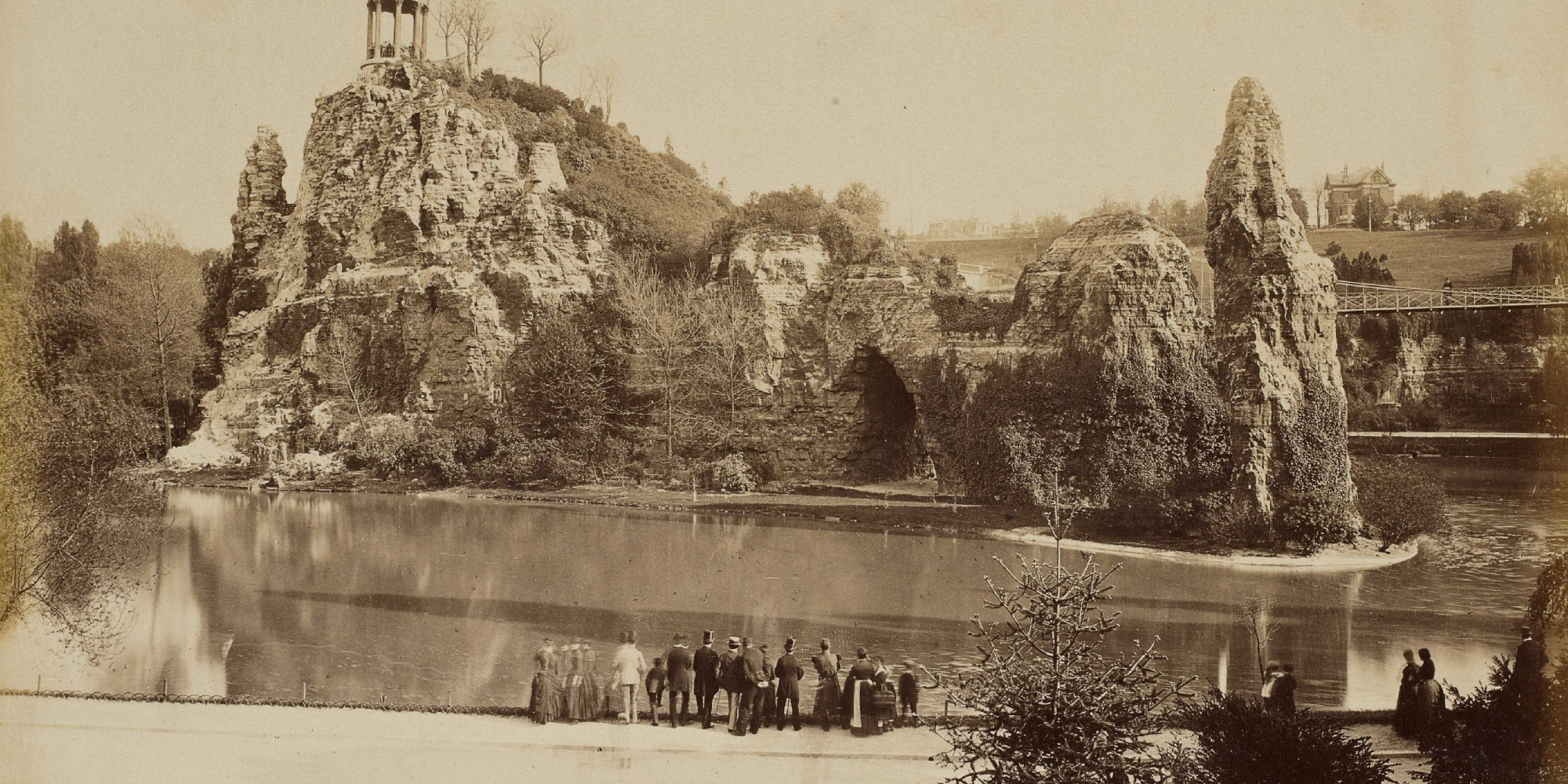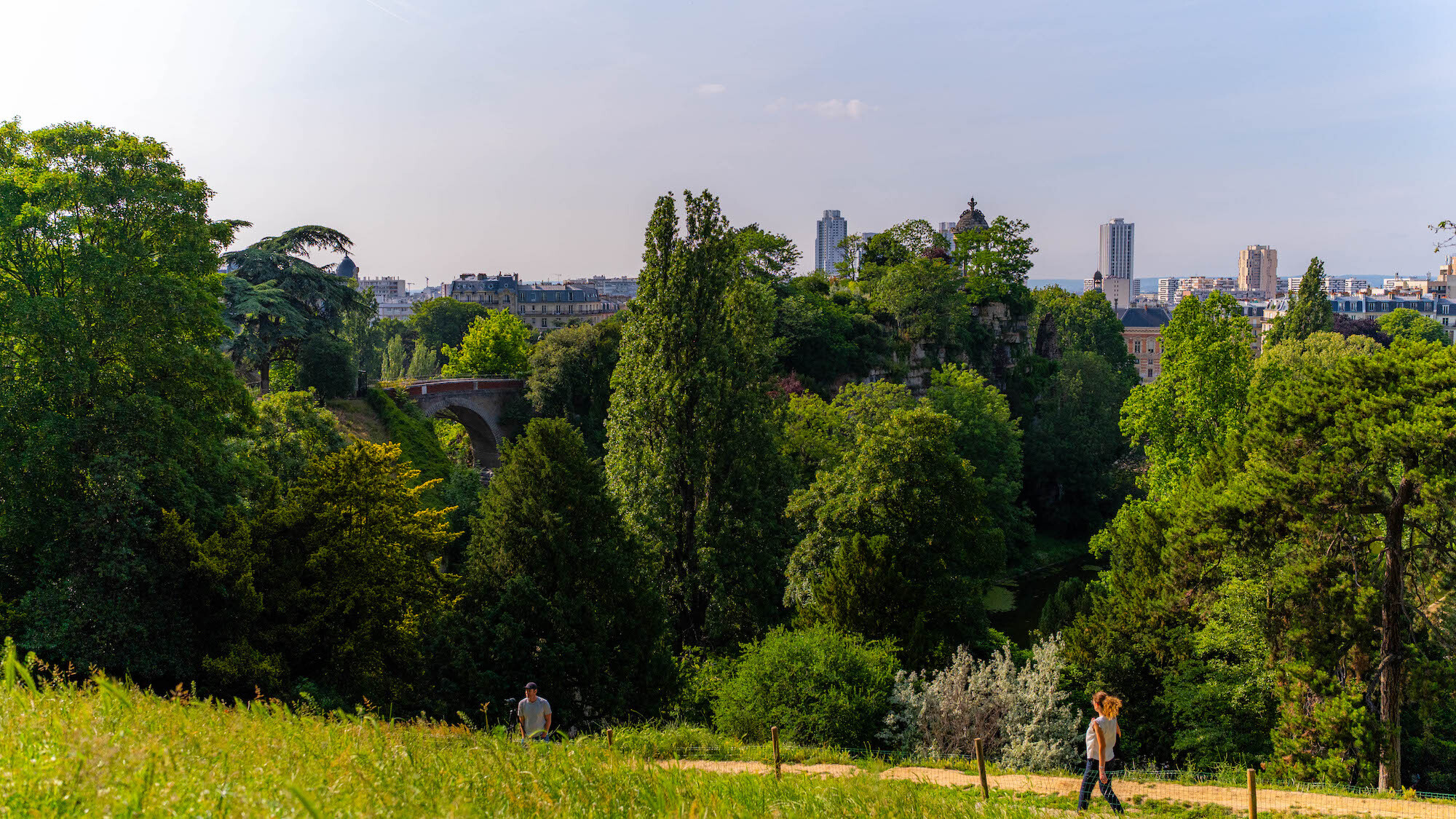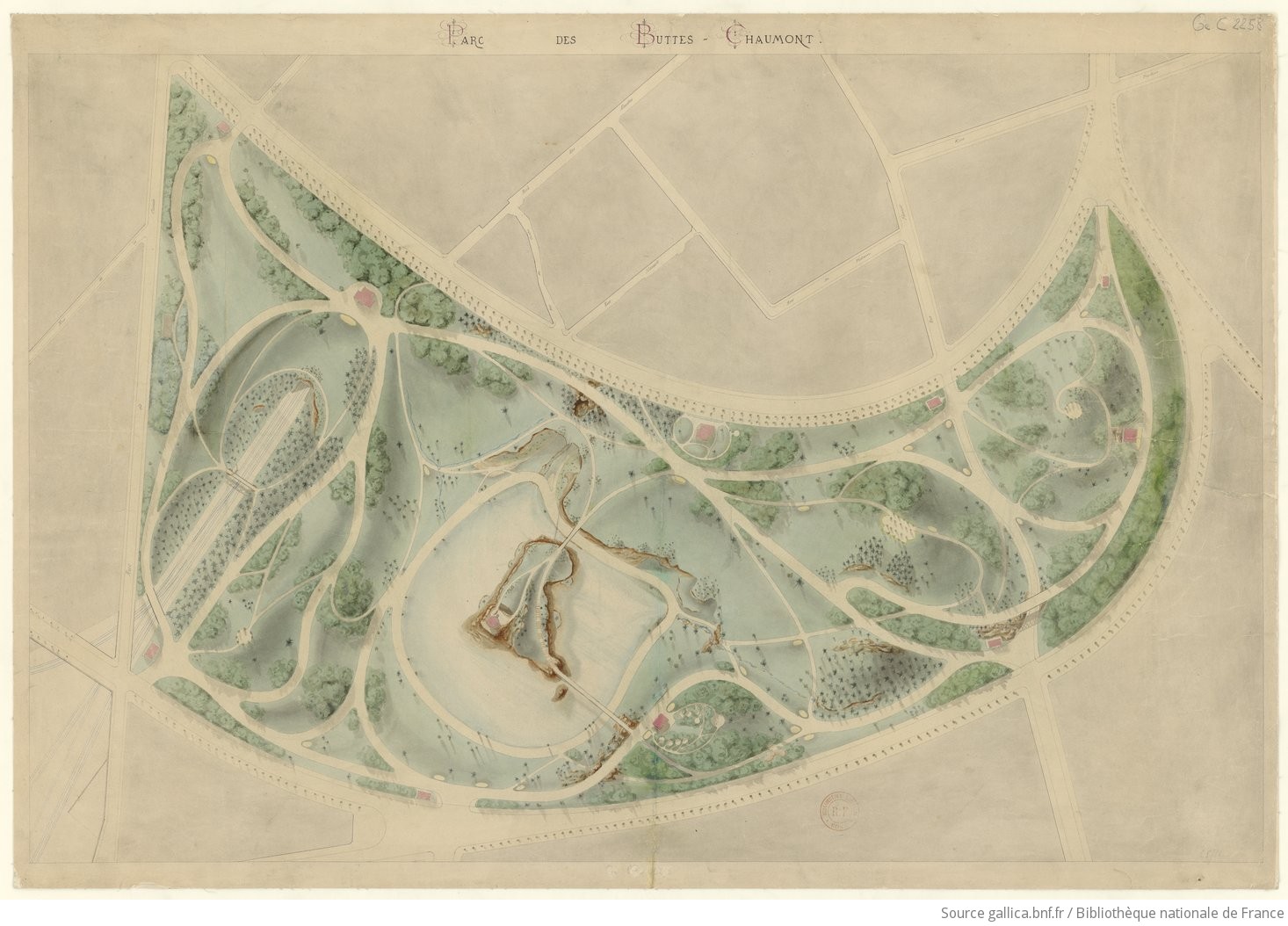Between two joggers, a checkered picnic blanket, and a sunset over the Temple of Sybille, it's hard to believe that this postcard-perfect setting was once one of the most dismal spots in Paris. Yet, beneath the pristine lawns of Buttes-Chaumont lies centuries of horror. Let’s take a look back at a urban transformation straight out of a film noir.
A bald hill that stank of death
Long before the picnics on the grass, this site was called Mont Chauve: a barren land where nothing would grow. From the Middle Ages to the 19th century, it was a dumping ground for animal carcasses, waste, and sewage. Tanners and knackers from northeast Paris left their livestock there: the air was unbearable, and the area was avoided by Parisians.
The Gallows of Montfaucon, a Medieval Nightmare
Just a stone's throw from the hills stood the gallows of Montfaucon, a monument made of stone and wood where, for centuries, they displayed the condemned hanging as a warning. Rabelais and Villon mention it as a symbol of terror. The bodies would rot in plain sight, visible from the ramparts. A horrifying vision that has left a mark on the collective imagination.
Quarries, Bandits, and Dangerous Wastelands
After the Revolution, the area remains no man's land. The abandoned quarries become hideouts for criminals and smugglers. They say that at nightfall, it was better to take a detour than to venture into this notorious wasteland.
Napoleon III and Alphand Change the Game
In the 1860s, Napoleon III and Baron Haussmann decided to transform this eyesore into a landscaped park. The ing...Engineer Alphand and his team shape artificial cliffs, caves, waterfalls, and a lake. The suspension bridge, designed by Eiffel, adds a spectacular touch. Seven years of work to turn hell into a little paradise.
 ©Bibliothèque nationale de France, département Estampes et photographie, PETFOL-VE-1356
©Bibliothèque nationale de France, département Estampes et photographie, PETFOL-VE-1356
Today’s favorite picnic spot for Sundays
Today, among joggers, ducks, and picnics on the grass, no one thinks about the hanged from the gallows or the foul smells. The Buttes-Chaumont have become a haven of greenery and romance, reminding us that even the darkest corners of Paris can reinvent themselves into places of poetry.

